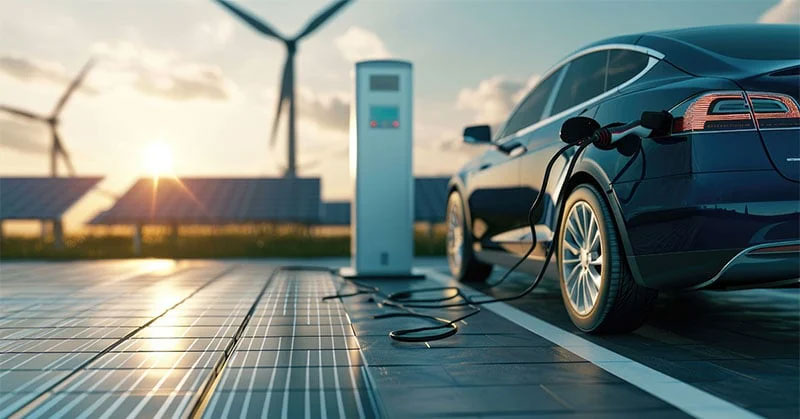As the adoption of electric vehicles (EVs) continues to grow, sustainability initiatives in EV charging are becoming an essential part of the transition to a greener transportation future. To ensure that EVs live up to their environmental promises, efforts are being made to reduce the carbon footprint of charging infrastructure, promote renewable energy use, and enhance the efficiency of charging processes.
One key initiative is the integration of renewable energy sources into charging stations. Many new charging hubs are being equipped with solar panels, wind turbines, or other renewable energy technologies. This reduces the reliance on fossil fuels for charging and ensures that the electricity used to power EVs is clean. In some cases, these renewable-powered stations even store excess energy in batteries to be used during periods of low generation, improving energy availability and sustainability.
Smart grid technology is another important sustainability initiative. By connecting charging stations to intelligent grid systems, electricity can be distributed more efficiently, helping to balance supply and demand. Smart grids can also optimize charging times to avoid peak demand periods, preventing overloading of power grids and minimizing the need for additional power generation, which often relies on non-renewable sources.
Energy storage solutions are also being incorporated into charging infrastructure. Large-scale batteries at charging hubs can store energy during low-demand periods and release it when demand spikes. This reduces the strain on the grid and ensures that charging stations are less reliant on non-renewable backup power sources.
Additionally, several companies are focusing on the circular economy by using recyclable and sustainable materials for building charging infrastructure. The goal is to minimize waste and ensure that the lifecycle of charging stations and related equipment has a minimal environmental impact.
Through these sustainability initiatives, the EV charging ecosystem is moving toward a more environmentally friendly and efficient future, supporting the broader goal of decarbonizing the transportation sector.

